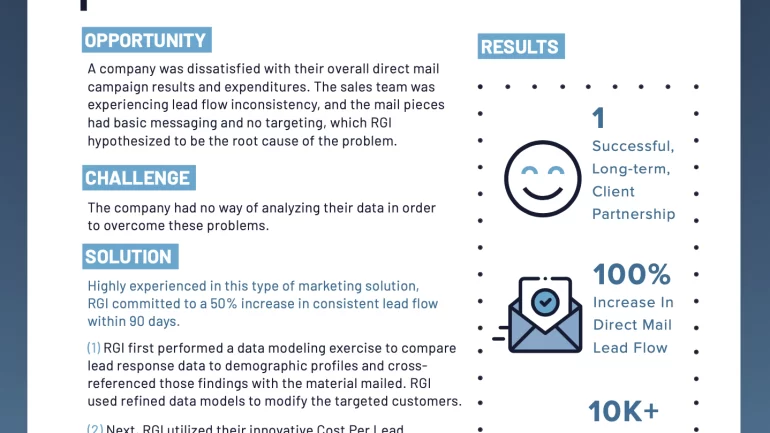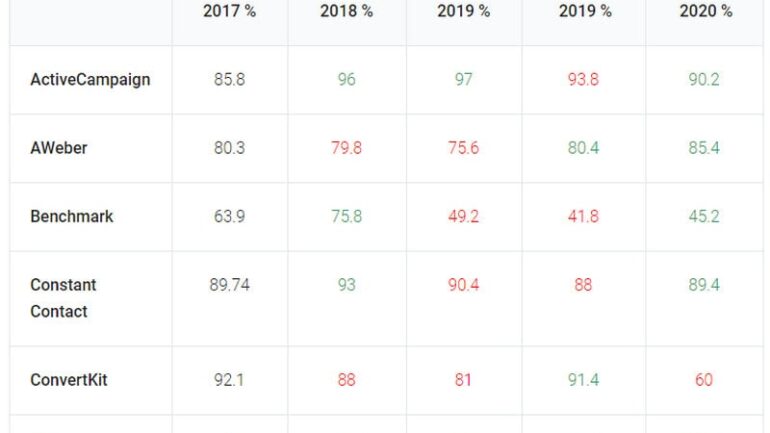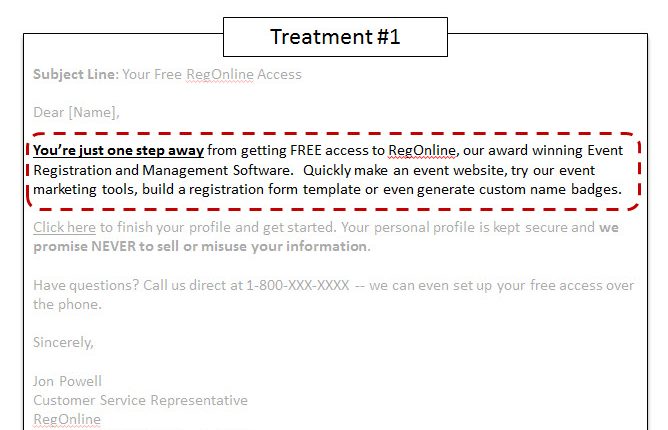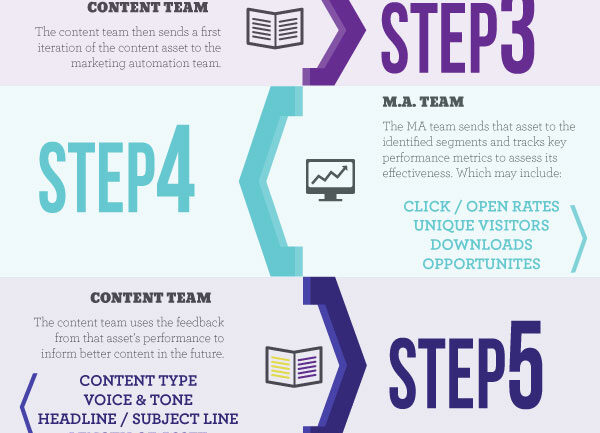Introduction
Running ad campaigns is an essential strategy to promote your business and reach your target audience. However, creating an effective ad campaign is not just about launching it and hoping for the best results. To achieve maximum return on investment (ROI), it is crucial to continuously optimize your campaigns. One powerful method to accomplish this is through A/B testing.
A/B testing involves comparing two different versions of an ad (A and B) to determine which one performs better. By testing various elements such as headlines, images, call-to-actions, and targeting strategies, you can identify the most effective combination that resonates with your audience and drives conversions. In this blog post, we will explore the importance of A/B testing in ad success and provide you with practical tips to fine-tune your campaigns for maximum ROI.
What is A/B Testing?
A/B testing, also known as split testing, involves creating two or more versions of an ad and distributing them to a similar audience. The goal is to determine which version performs better in terms of click-through rates, conversions, or other desired metrics.
Why is A/B Testing Important?
A/B testing allows you to make data-driven decisions rather than relying on guesswork or assumptions. It provides concrete evidence of what works and what doesn’t, helping you optimize your ad campaigns and allocate your budget more effectively.
Steps to Conduct A/B Testing
1. Define Your Goals
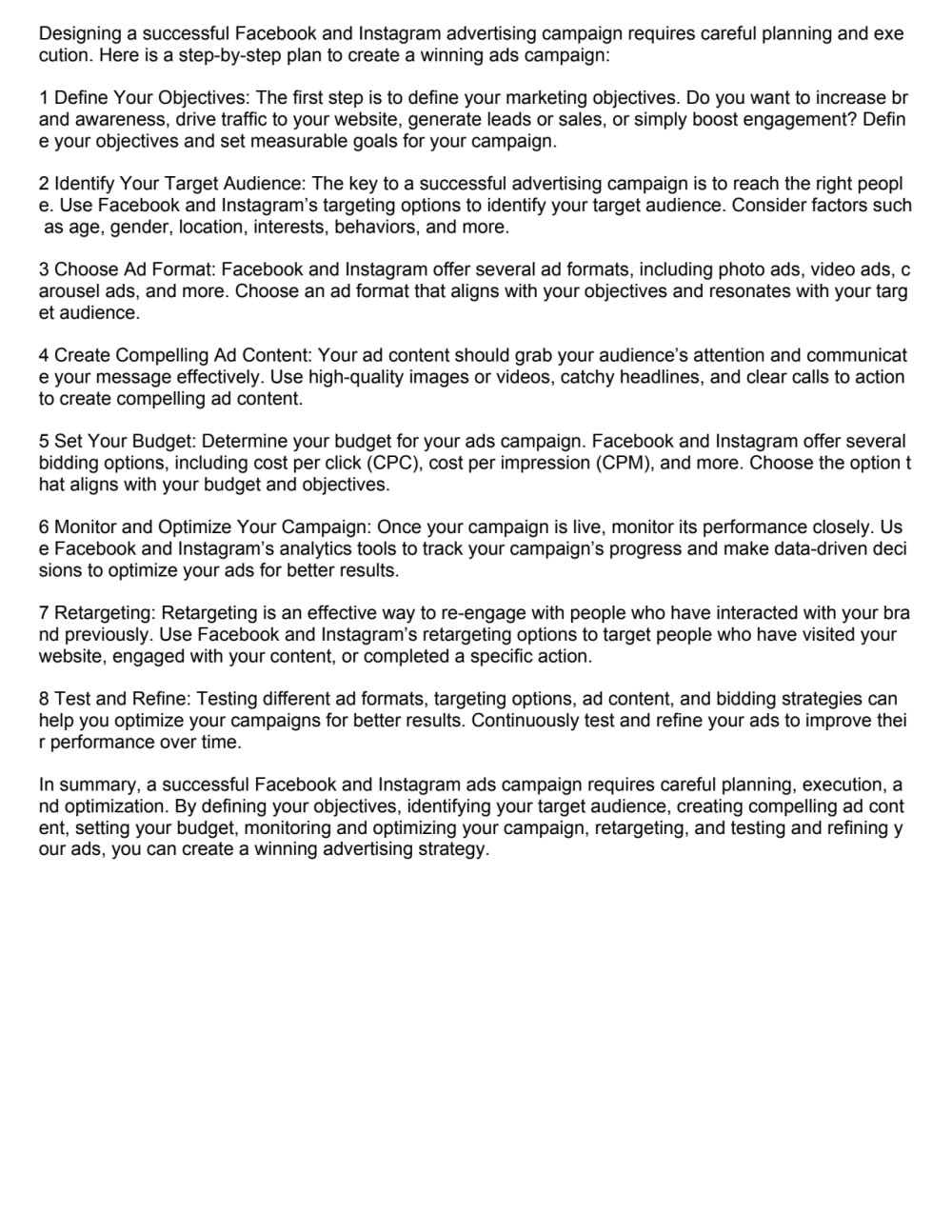
Before starting an A/B test, clearly define your goals. Are you looking to increase click-through rates, conversions, or engagement? Having a specific objective will help you measure the success of your test accurately.
2. Identify the Variables
Identify the elements of your ad that you want to test. This could include the headline, copy, call-to-action, images, colors, or even the layout. Keep it manageable by testing one variable at a time to isolate its impact on the performance of your ads.
3. Create Variations
Create multiple versions of your ad, each with a different variation of the chosen variable. Ensure that the variations are distinct enough to yield meaningful insights. For example, if testing headlines, create variations with different wording, length, or tone.
4. Split Your Audience
Split your target audience into equal segments and assign each segment to one of the variations. Randomly distributing the ads helps to reduce bias and ensure accurate results. Utilize ad platforms or tools that allow you to set up A/B tests easily.
5. Run the Test
Launch your ad campaign and allow it to run for a sufficient duration. Ensure that both versions receive a similar amount of impressions to achieve reliable results. Monitor the performance of each variation, focusing on the metrics aligned with your goals.
6. Analyze the Results
Once the test is complete, analyze the data collected from each variation. Compare the metrics to determine the version that performed better. Look for significant differences and statistically significant results to make informed decisions.
7. Implement the Findings
Based on the results, implement the winning variation as the new default for your ad campaigns. Make adjustments to future campaigns accordingly, incorporating the insights gained from the A/B testing process.
Benefits of A/B Testing
1. Improved Conversion Rates
A/B testing allows you to identify the ad elements that resonate best with your target audience. By optimizing these elements, you can increase your conversion rates and achieve the desired actions from your audience.
2. Cost-Effective Advertising
Optimizing your ad campaigns through A/B testing ensures that you allocate your budget effectively. By focusing on the variations that generate the highest ROI, you avoid wasting resources on underperforming ads.
3. Enhanced User Experience
By testing different variations, you can gain insights into the preferences and”
Summary
In summary, A/B testing is a valuable tool that allows advertisers to refine their ad campaigns and achieve maximum ROI. By systematically testing different variations of your ads, you can identify what works best for your target audience and make data-driven decisions to optimize your campaigns. Remember to focus on one variable at a time, track and analyze your results, and implement the winning combinations to continuously improve your ads’ performance. Don’t leave your ad navigate to these guys success up to chance – take control through A/B testing and enjoy the benefits of highly effective campaigns that yield impressive returns.

Hello, I’m Aiden Hibbins, a passionate and experienced Content Strategist specializing in Social Media Marketing, Web Design and Development, and SEO Optimization. With a deep understanding of the digital landscape, I strive to help businesses and individuals create compelling and effective online content strategies.

